
Editor’s Note: All opinion section content reflects the views of the individual author only and does not represent a stance taken by The Collegian or its editorial board. Trigger warning: This article discusses the topic of sexual assault.
From witches to ghosts to blood-sucking demons, Halloween is a holiday of fear. It’s what sells costumes of all our favorite pop-culture monsters. It’s what gets us going to the theaters for the newest horror films during the spooky season.
Fear is the nucleus of Halloween, but the scariest part is not the films or the costumes — it’s the statistics.
The culture around Halloween can lend itself to environments that increase the risk of sexual assault.”
Halloween is my favorite holiday. I love everything about the season, from the pumpkin carving to the scary movies to the parties, which is why it is so upsetting to point out that Halloween has a sexual assault problem.
Halloween takes place during a time when sexual assault on college campuses is more prevalent.
“More than 50% of college sexual assaults occur in either August, September, October or November,” according to the Rape, Abuse & Incest National Network.
This coupled with the fact that the culture around Halloween can lend itself to environments that increase the risk of sexual assault makes the issue all the more concerning.
While the holiday may be known for some of the more lighthearted traditions, on a college campus it is associated with parties. NEWS10 ABC suggests adults between 18 and 34 years old are the most prevalent Halloween celebrators and alcohol is frequently associated with these celebrations.
It becomes much easier for someone to perpetrate a crime when they feel as though they have some sense of anonymity.”
When we look at the statistics regarding the role alcohol plays in sexual assault on campus, this raises concern. According to alcohol.org, “At least 50% of student sexual assaults involve alcohol” and “in one-third of sexual assaults, the aggressor is intoxicated.”
When we talk specifically about party culture and how it plays a role in this phenomenon, it’s worth noting that “students in fraternities are more likely to perpetrate sexual assault than non-fraternity men,” according to alcohol.org.
Not only are people partying more on Halloween, but they’re partying in costume, which may add to the risk factor. According to a study conducted for The Independent, 55% of men believed “the more revealing the clothes a woman wears, the more likely it is that she will be harassed or assaulted.”
Additionally, Halloween is a time that makes hiding one’s identity socially acceptable, as anyone can wear a costume that obstructs their identity. It becomes much easier for someone to perpetrate a crime when they feel as though they have some sense of anonymity.
Colorado State University even released a statement regarding the dangers of Halloween: “Our University (Victim) Assistance Team and Women and Gender Advocacy Center report that they learn of more sexual assaults than usual occurring during the week of Halloween,” the CSU Public Safety Team said in a 2017 statement.
I am by no means trying to discourage you from celebrating Halloween. Rather, I want everyone to be informed so we can mitigate risk as much as possible. I echo the sentiments of the CSU Public Safety Team. Here are some suggestions to keep in mind:
- Trust your instincts, and if something doesn’t seem right, leave.
- Travel in groups or use the buddy system.
- If you are drinking, know your limits. Do not take drinks from someone you don’t know and trust.
Staying informed and making safe decisions is an effective way to help you have a season full of more treats than tricks. Stay safe this Halloween.
Reach Cat Blouch at letters@collegian.com or on Twitter @BlouchCat.


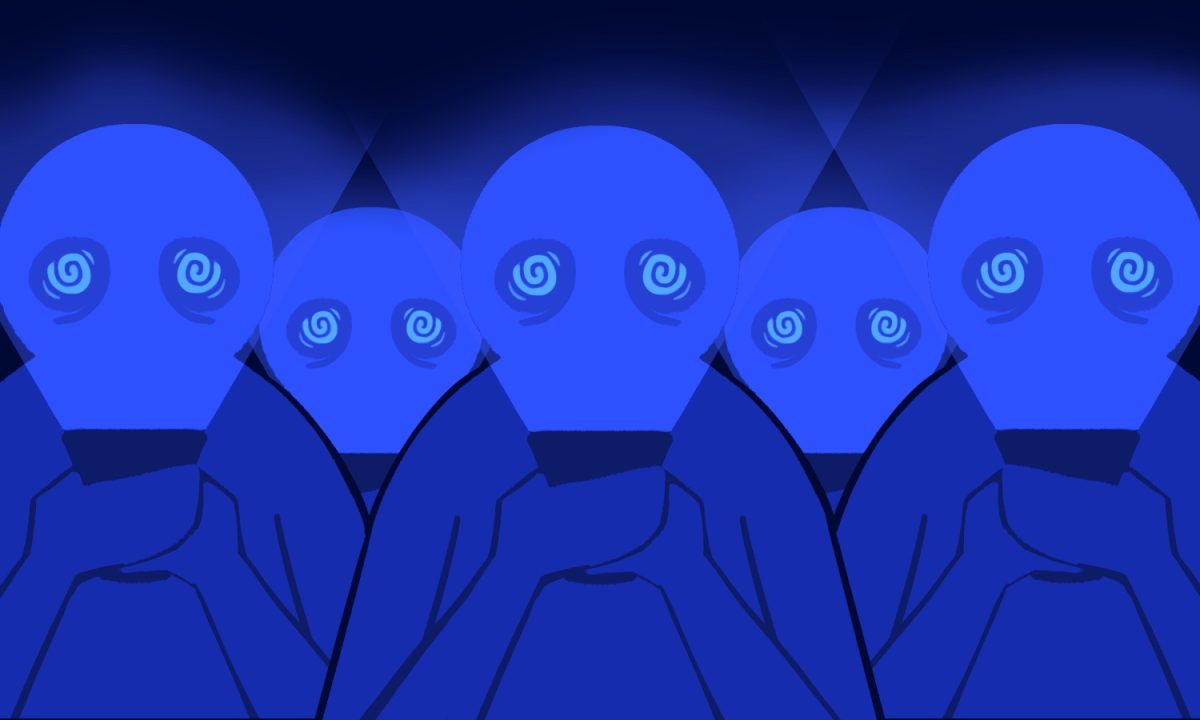
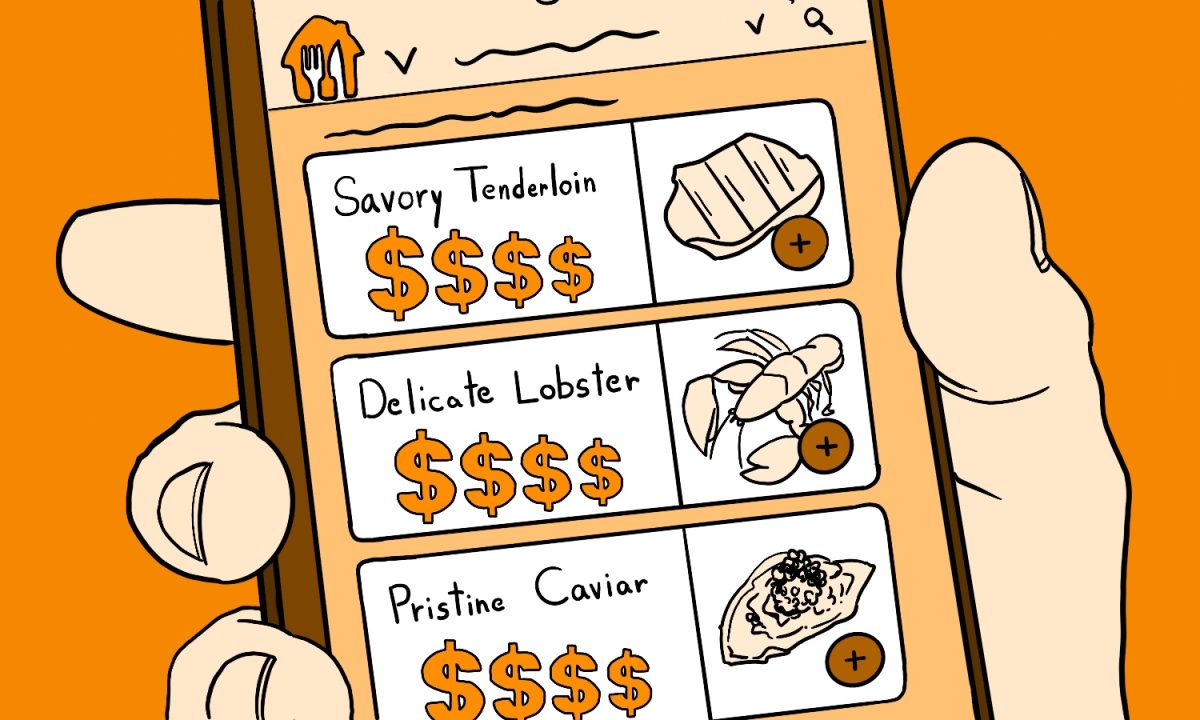
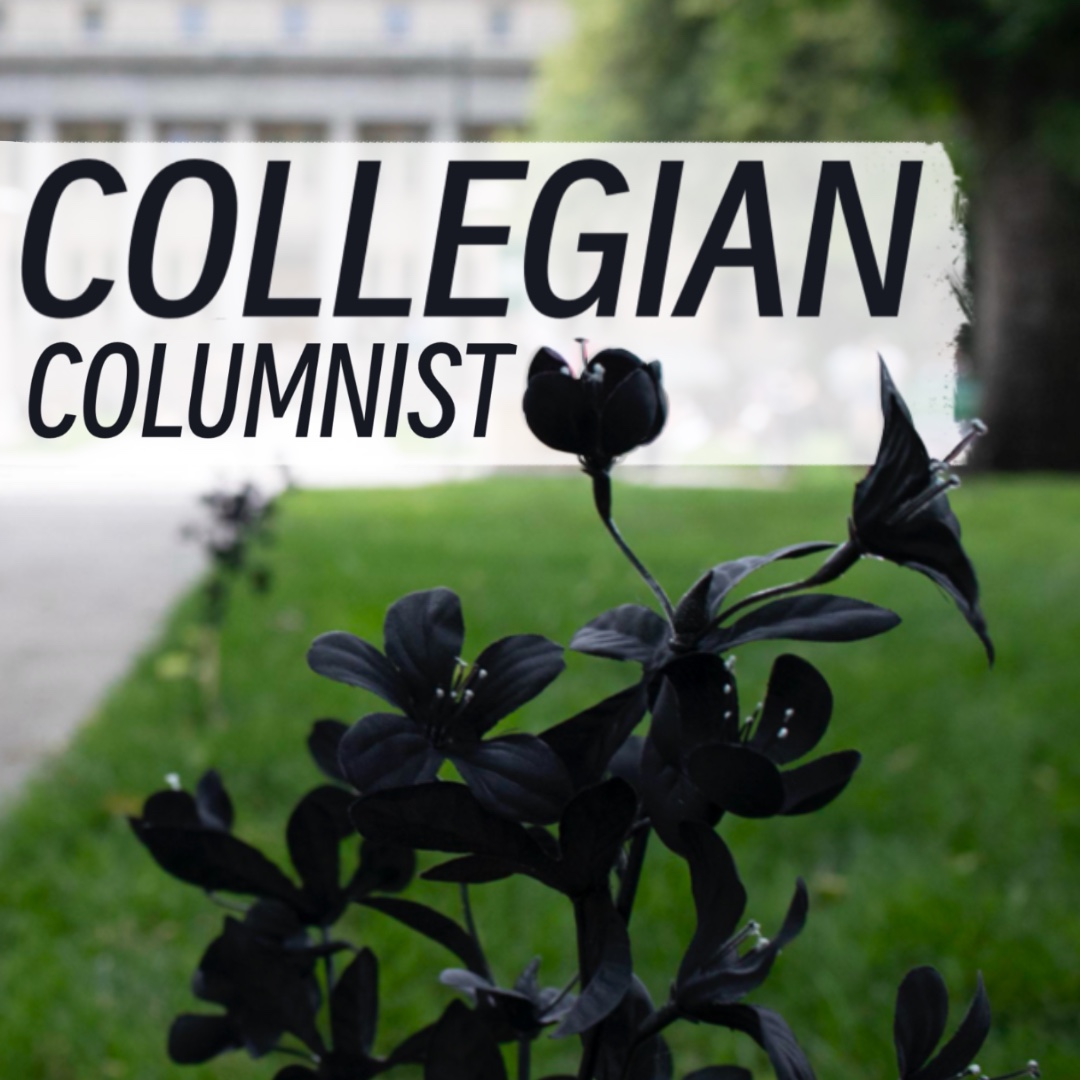
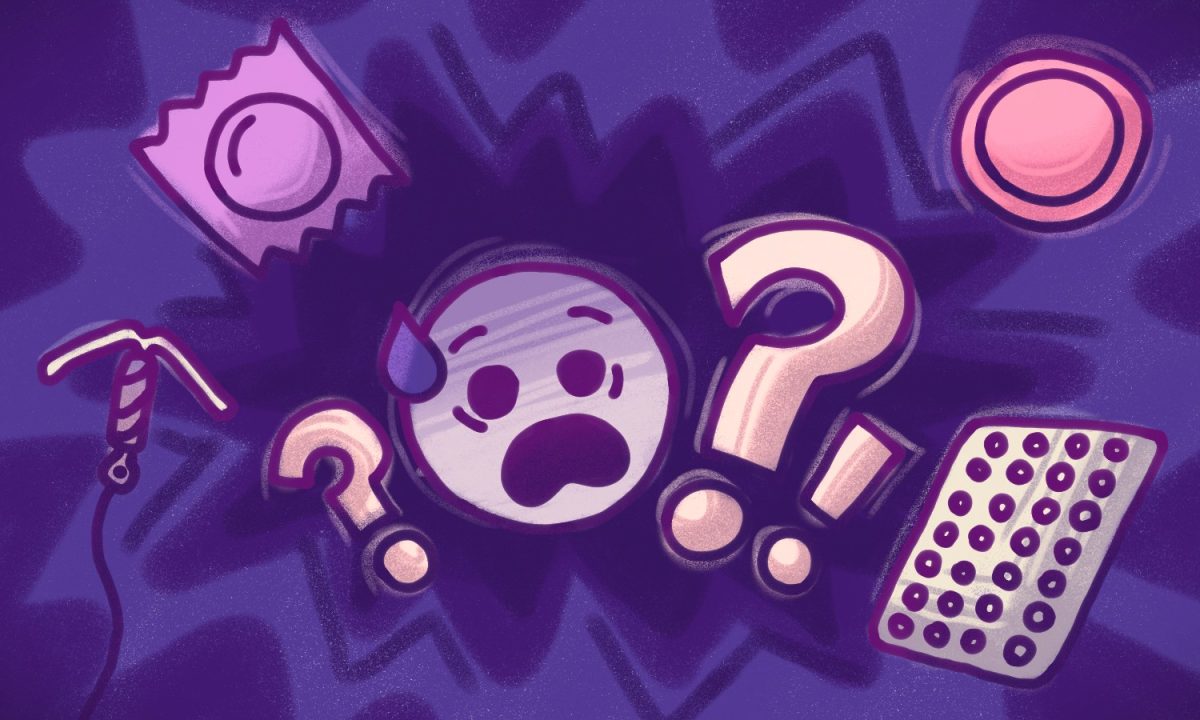
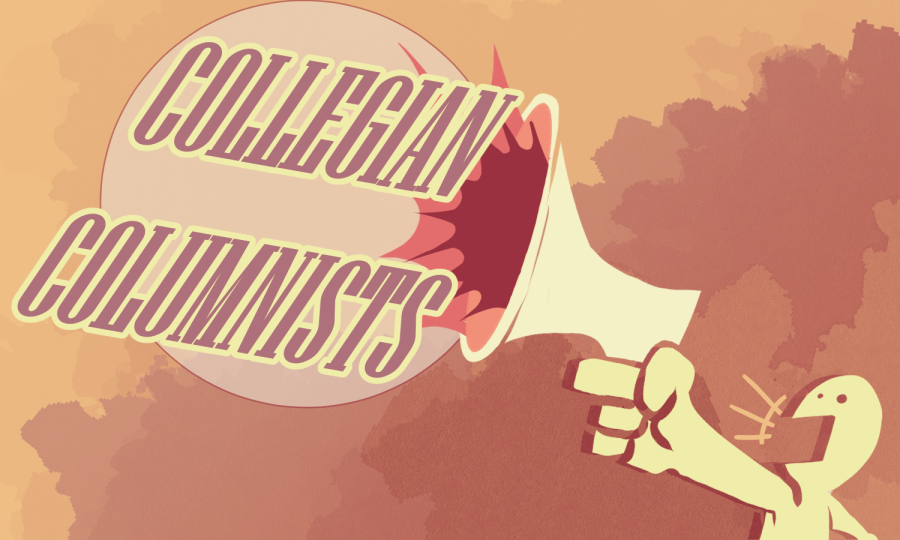
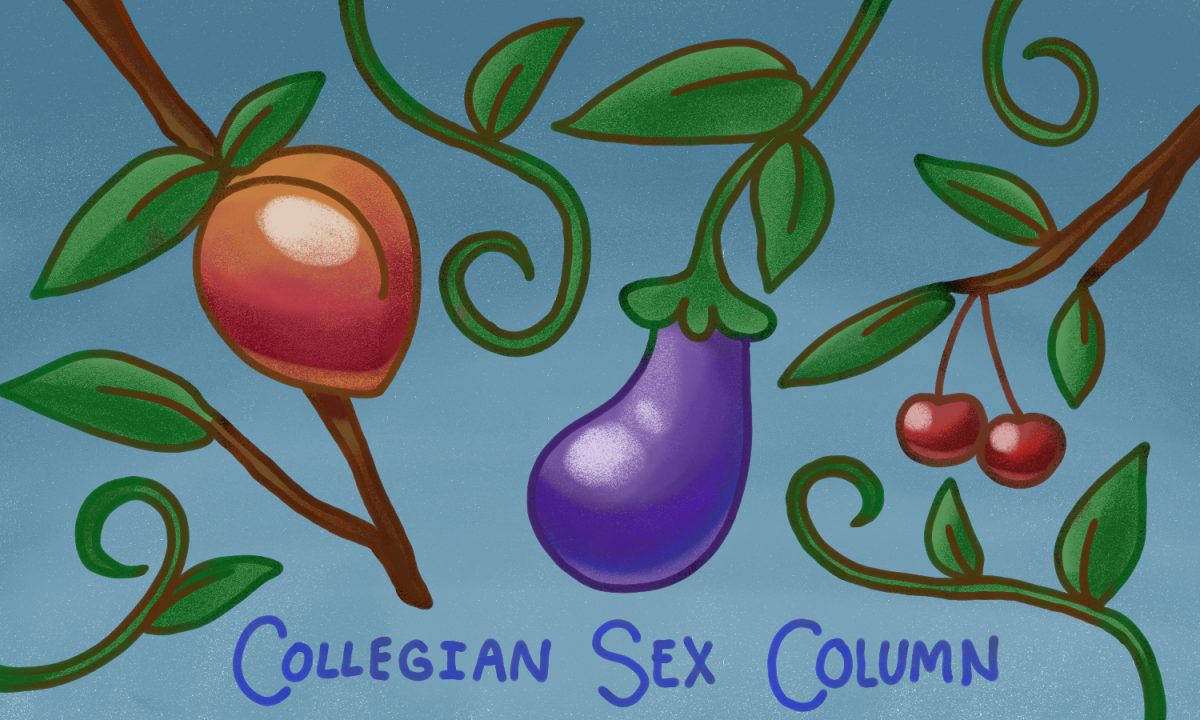
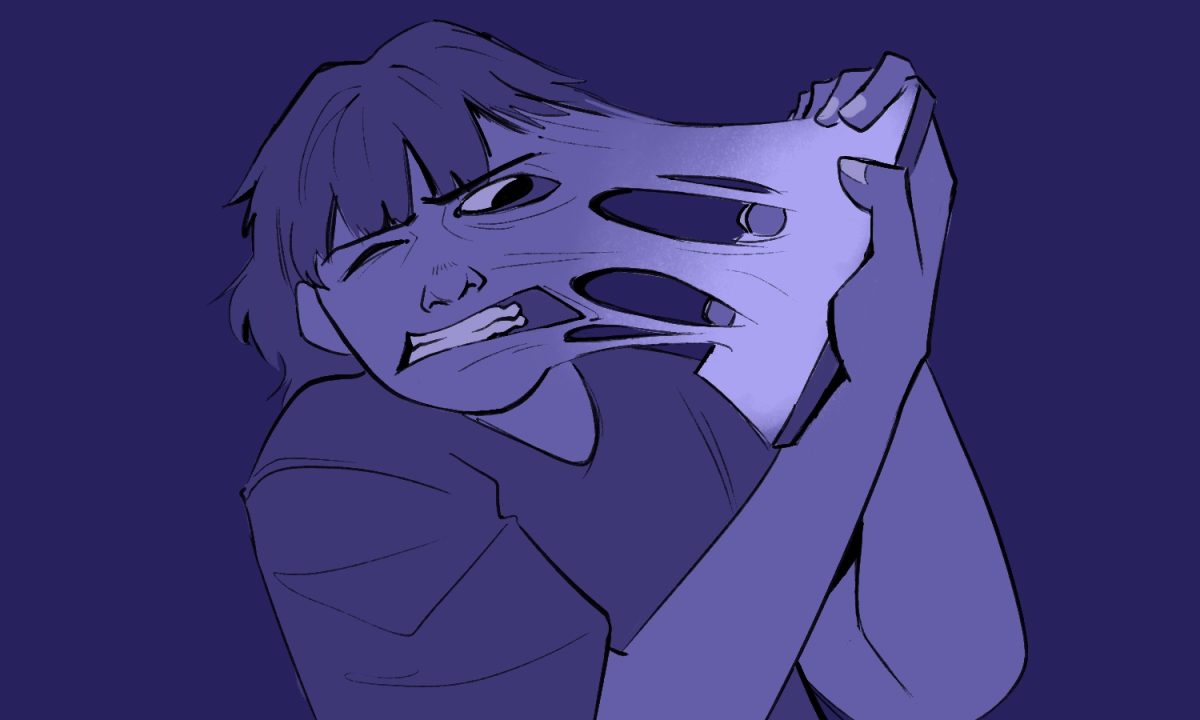
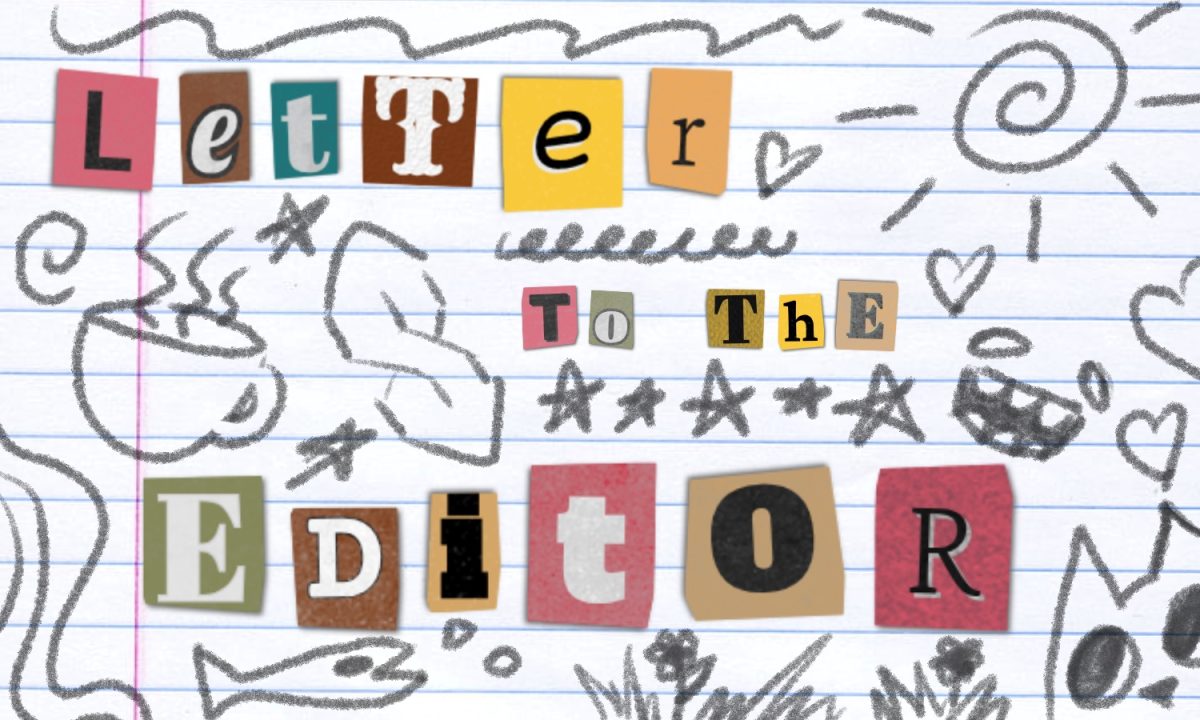
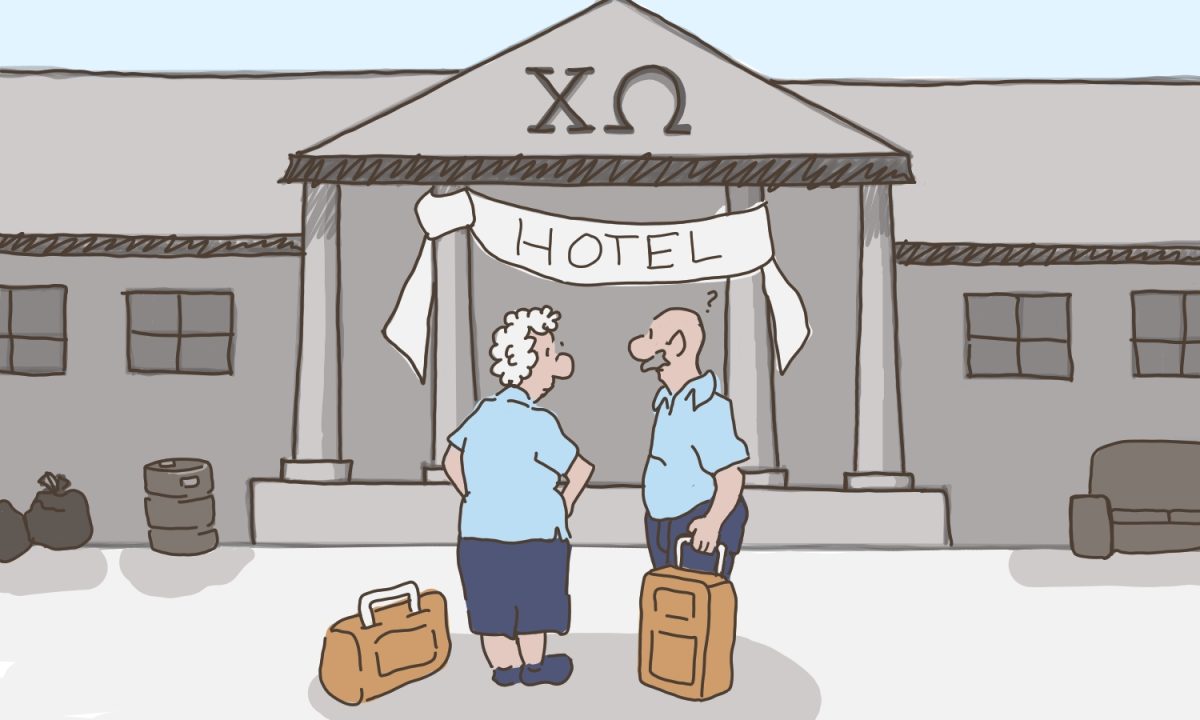

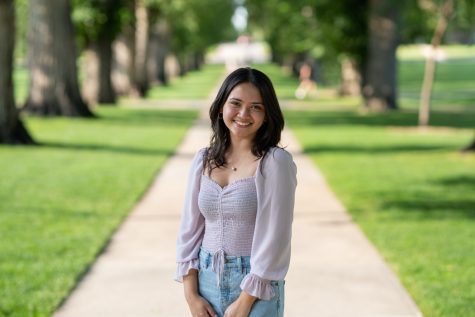
Deano • Feb 1, 2025 at 6:36 pm
The entire Sorna mantra is nothing but smoking mirrors
Dean • Nov 16, 2024 at 2:19 pm
I wonder if breaking in and burglarizing has such a time frame based solely on myths and fear tactics?